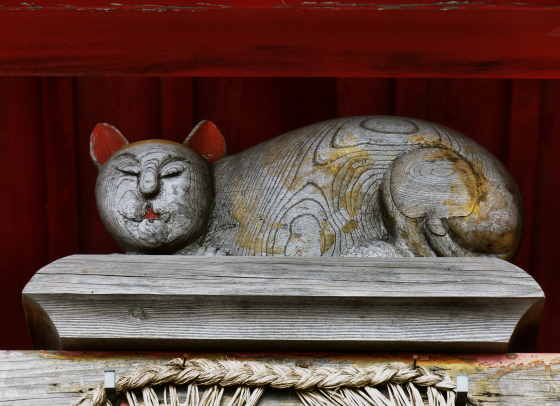Showing posts with label cave. Show all posts
Showing posts with label cave. Show all posts
Thursday, February 29, 2024
Tsurugake Kannon Saifukuji Temple 76 Kyushu pilgrimage
Labels:
cave,
Fudo Myojin,
kannon,
kyushu108,
mizuko jizo,
temple
Monday, September 5, 2022
Hotogekataki Cave Temple on Shodoshima
From here I once again start to climb, the next temple, also a cave temple is about halfway up the gorge....
Labels:
cave,
dragon,
Fudo Myojin,
shodo88,
temple
Thursday, August 4, 2022
Iwayaji Temple 45 on the Shikoku Ohenro
Next up some photos of the Fudo Myo statues and carvings here.
Saturday, May 28, 2022
Kiyotakisan Magnificent Cave Temple
Kiyotakisan Magnificent Cave Temple
It can take a while to find all the side trails that lead to overhangs and crevices where even more statues abound.
I was there at Christmas, so the red foliage had passed, but the views are worth it any time of the year.
Labels:
cave,
Fudo Myojin,
jizo,
shodo88
Friday, September 3, 2021
Cape Oyama Kannon
Kannon
There is a small cave in one section and it has a small chapel/shrine with a Kannon statue. Or rather it had. It seems that it no longer exists, though it may be reinstated.
Increasingly I find that the some of subjects of my photographs and blogposts have ceased to exist. Maybe I should have a seperate blog called Glimpse of Disappeared Japan"
Labels:
cave,
henro,
kannon,
kobo daishi,
kochi
Tuesday, March 16, 2021
Dounzan Temple 1 on the Shodoshima Pilgrimage
Inside the tall cave is an eight-sided shrine housing a statue of Bishamonten, the honzon of the temple.
Labels:
bishamonten,
cave,
kannon,
shodo88
Subscribe to:
Posts (Atom)

































































